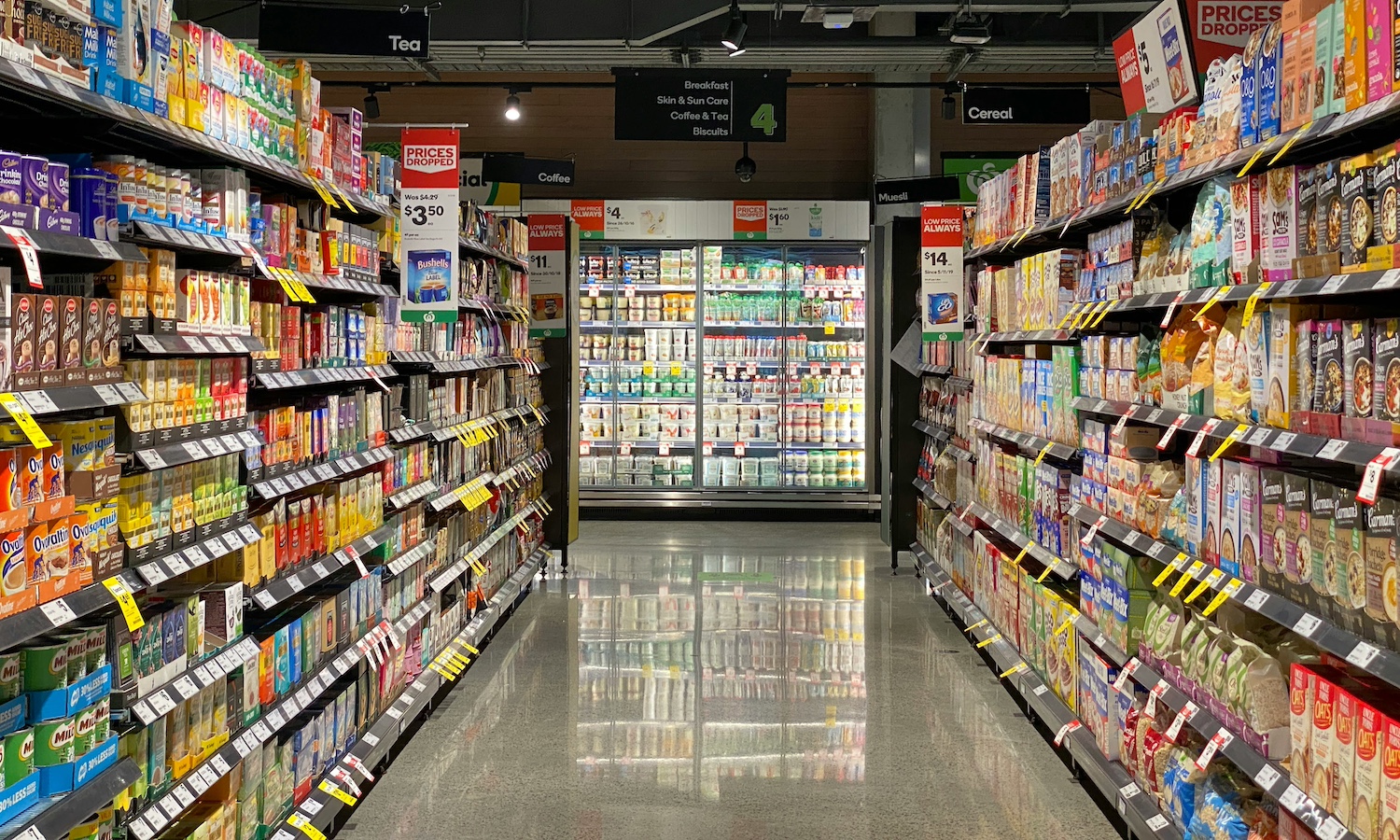On September 25, Congresswoman Julia Brownley (CA-26) and I introduced the Voluntary Food Climate Labeling Act, legislation that will revolutionize the way consumers learn about the climate impact of the food they eat.
Under the legislation, the U.S. Environmental Protection Agency (EPA) will work with food producers, manufacturers, and retailers to develop a voluntary food climate label to place on a food product that will contain EPA-verified information relating to the carbon footprint of the product.
The label will include information on the greenhouse gas emissions released during the production, manufacturing, distribution, consumer use, end-of-life reuse, and recycling of the product. This will help food producers, manufacturers, and retailers showcase the work they’ve done to reduce their carbon footprint, while empowering consumers with the information they need to shop more sustainably.
Here’s how it works:
The legislation will require EPA to establish a Voluntary Food Climate Labeling Program in consultation with the Federal Trade Commission (FTC) and the U.S. Department of Agriculture (USDA):
Entities producing or selling food will be allowed, but not mandated, to apply to the Program to put a food climate label on the packaging of their food product.
The label will:
Provide a numerical summary of the best available information regarding the greenhouse gas (GHG) emissions released during the growing of the food ingredients, manufacturing, processing, packaging, distribution, storage, presentation in the retail establishment, consumer use (including the energy involved in refrigeration and cooking), end-of-life reuse, recycling, composting, treatment, and disposal of the food and its packaging.
Of the above information, the food producer, manufacturer, or retailer will provide the cradle-to-gate information, from the growing of the food to its arrival at the retail establishment. Because the rest of the food lifecycle—including how it is stored, prepared, and disposed of—is beyond the control of these businesses, EPA will provide information on the rest, based on the typical use case, in consultation with the producer, manufacturer, or retailer.
In addition, the label will: Convey the information in a manner determined to be most useful to the consumer at the point of sale; Not convey that any given food is acceptable or unacceptable – that kind of decision being left to the consumer, presumably as informed by the factual information conveyed through the label; Convey that the information has been verified by EPA; Include a logo to help the consumer identify the label; Include the QR code to provide the consumer access to more in-depth information; In specifying the visual form, the information to be included, and the method for verification, the EPA shall consult with food industry stakeholders, and may do so through the establishment of a federal advisory committee or a negotiated rulemaking.
For more information and legislative text, visit my website here.
Articles like the one you just read are made possible through the generosity of Food Tank members. Can we please count on you to be part of our growing movement? Become a member today by clicking here.
Photo courtesy of Franki Chamaki, Unsplash







